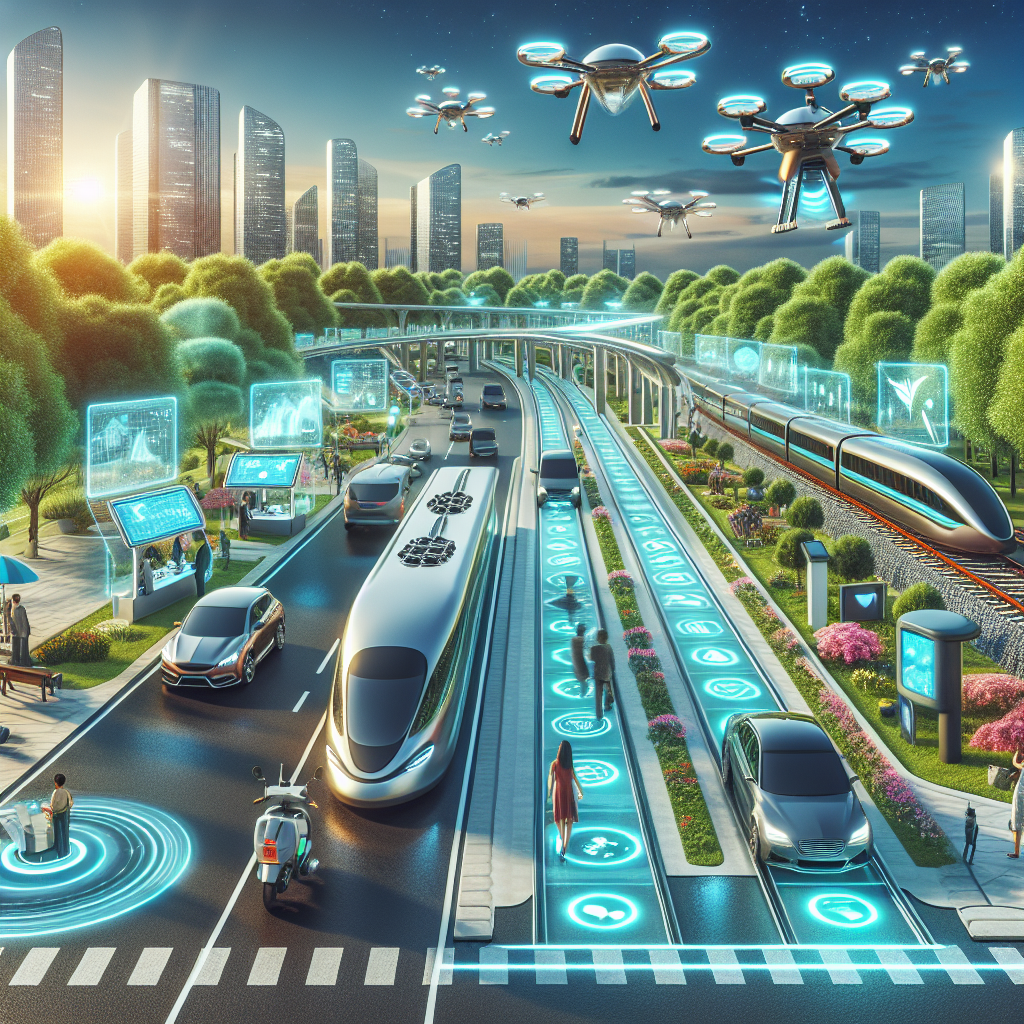The Role of Technology in Sustainable Travel
In a time where the travel industry is recalibrating with environmental and ethical consciousness in mind, technology has emerged as the catalyst accelerating the shift towards sustainability. Increasingly, innovations are empowering travelers to make eco-conscious choices, while providing tools for destinations and companies to reduce their carbon footprints.
Vietnam, along with many countries in Asia, is becoming a vibrant epicenter for sustainable tourism—backed by digital advancements. From renewable-powered transport to AI-driven resource management systems, today’s innovations are shaping more responsible ways to explore the world.
Smart Solutions for a Greener Journey
Modern travelers are no longer just chasing scenic views; they’re pursuing travel that aligns with their values. Thanks to technology, being a responsible tourist has never been easier. Here’s how tech is reshaping sustainable travel:
1. Digital Platforms Promoting Low-Impact Travel
A new breed of travel apps now helps users minimize their environmental impact. Apps like Eco Companion and Goodwings enable travelers to explore eco-certified accommodations and activities that not only support local communities but also reduce environmental harm.
2. Smart Energy Management in Hotels
Hotels and resorts are increasingly implementing technology to automate and control their energy usage. Smart thermostats, motion-activated lighting, and data-driven building management systems are significantly reducing energy consumption without compromising guest comfort.
Revolutionizing Transportation
Transportation accounts for a significant portion of tourism-related emissions. However, innovative solutions are fostering a transition toward cleaner alternatives.
3. Electrification of Travel
A growing number of travel operators, especially in Southeast Asia, are investing in electric vehicles (EVs) for tours and transit.
4. AI-Powered Route Optimization
AI and machine learning tools are being implemented to reduce fuel waste by analyzing travel patterns and optimizing delivery or tour routes.
Preserving Culture Through Digital Storytelling
Sustainability isn’t just about protecting the environment—it also includes preserving culture. Technology is playing a vital role in keeping traditional knowledge and heritage alive in the digital age.
5. Virtual and Augmented Reality Experiences
Visitors can now explore historical sites through augmented reality (AR) without increasing foot traffic that may degrade sensitive locations.
6. Blockchain for Cultural and Environmental Integrity
Some travel platforms use blockchain to verify environmental claims and ensure transparency in operations and donations.
Empowering Local Communities with Tech Tools
The synergy between sustainability and technology significantly enhances the capacity for local communities to thrive in the tourism ecosystem.
7. Community-Led Tech Initiatives
Grassroots tech solutions are helping local guides and vendors create direct-to-consumer platforms, bypassing intermediaries and maximizing revenue.
8. Data-Driven Environmental Monitoring
Modern conservation efforts leverage technology to gather insights on biodiversity and resource use.
Looking Ahead: Designing a Digital-First, Eco-Friendly Travel Future
As Vietnam and its neighboring countries accelerate their investments into high-tech infrastructure for tourism, the vision is clear: sustainable travel supported by smart solutions is not only desirable but necessary.
From AI-powered eco-hotels to blockchain-based verification systems, the travel industry is evolving to meet the demands of a new generation of conscious explorers. The integration of technology into tourism isn’t just an innovation—it’s a commitment to stewardship, equity, and long-term resilience.
Key Takeaway:
The intersection of technology and sustainable tourism presents opportunities to create a more mindful travel culture. As Vietnam continues to move towards a digital green economy, tech innovations will remain at the heart of transforming the way people experience and impact the world around them.



Leave a Reply